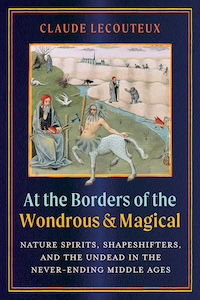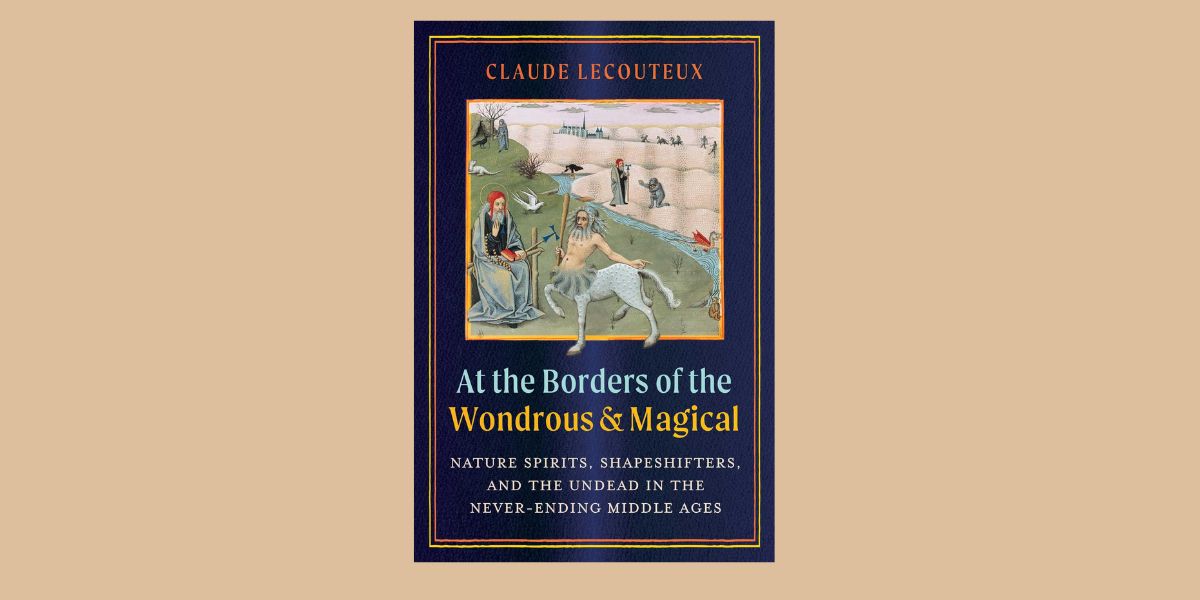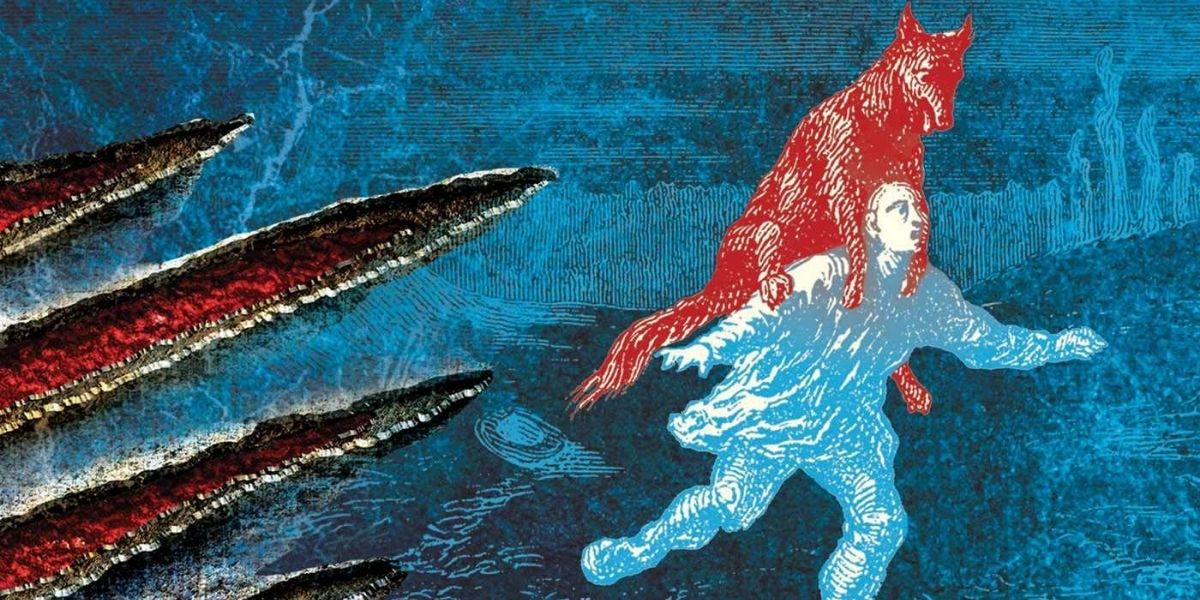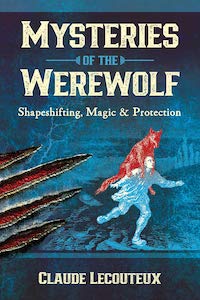
At the Borders of the Wondrous and Magical: Nature Spirits, Shapeshifters, and the Undead in the Never-Ending Middle Ages, by Claude Lecouteux
Inner Traditions, 1644119935, 288 pages, January 2025
If you enjoy epics like Beowulf or Gawain and the Green Knight, along with enjoying learning the implications of these stories, then At the Borders of the Wondrous and Magical: Nature Spirits, Shapeshifters, and the Undead in the Never-Ending Middle Ages is a magnificent read for you.
In the first chapter, I really enjoyed learning about the common threads found in literature that began in the 900’s, continuing through the fates of Shakespeare, and then carrying on into modern classics like Hocus Pocus.
Lecouteux offers insight into many of the parallels of the great modern epics and the influence of medieval story-telling. The author draws examples from both well-known and well-loved literature and media, such as Tolkien’s Lord of the Rings, Shakespeare’s plays, George Lucas’ Star Wars, and also briefly steps into the world of role-playing games, such as World of Warcraft.
While reading, I enjoyed the incredible diversity of magical entities that Lecouteux categorizes, including revenants, vampires, the living dead, magicians, spirits, faeries, pirates, monsters, and the list goes on. Under each category of beings, Lecouteux provides examples of numerous literary appearances. He discusses how some of these characters change and also how various versions highlight new or different viewpoints/aspects of the being. With each variation or interpretation comes slight change or modification to the existing lore of these characters.
Moving beyond the characters of medieval lore, Lecouteux additionally explores the setting of these stories, including mountains, forests, marshes, seas, lakes, and rivers and even the elements of nature. The magic and mystery of the untamed spaces draws the imagination into stories of epic proportions.
Throughout, Lecouteux draws insight into the belief systems of the people of the medieval time period. For example, Lecouteux dives into the mythology of clouds and the belief that humans were created with the essence of clouds:
“God in his omnipotence, made many things. He created the only man from right parts: from earth he made his flesh; from the dew he made his sweat; from the stones, his bones; from plants, his veins; from the grass, his hair; from the sea, his blood; from the clouds, his mind: from the sun, his two eyes.”1
And what a beautiful parallel of human form to nature.
As a reader of fantasy and sci-fi, I enjoyed identifying the archetypes and tropes in the stories that I have read both as a youth and throughout my adult life.
One of the fascinating points the author makes is that we are not as far removed from medieval culture as we believed we were. The tropes, archetypes, and fantasy-world live on in our daily lives through the stories we read, watch, and retell. And THAT, dear friend, is an incredible concept.
In medieval stories, one of the prominent themes that I gathered from Lecouteux’s work is the human response to unknown magic. In my understanding of human response mechanisms, fear of the unknown is a driving force in how humans respond to unknown stimuli. And in the case of medieval legends and lore, this is also the case.
Lecouteux references beheadings, deaths, murders, and violence as common reactions to fantastical situations and settings. And while these stories are nearing a thousand years in age, the same premises are prevalent in modern stories and epics. In Lord of the Rings, a gruesome war is waged. In Game of Thrones, violence and death are witnessed in seemingly every episode.
Overall, Lecouteux’s At the Borders of the Wondrous and Magical is a deep dive into the stories of the medieval mindset, as well as the exploration and fears of wondrous, magical, and fantastical entities and tropes. If you enjoy the history of literature, literature analysis, and learning about the tropes and archetypes of historical fiction, this book would be a solid addition to your library. Additionally, I was happy to learn that Lecouteux has many, many books for further reading: Tales of Witchcraft and Wonder, The Tradition of Household Spirits, Demons and Spirits of the Land, and Encyclopedia of Norse and Germanic Folklore, Mythology, and Magic.

Effie Fox is a Speech-Language Pathologist (SLP), costume designer, and proud mother of five children. Originally from Arkansas, she now resides in the Dallas-Fort Worth area, where she balances her professional and creative pursuits. A lifelong bibliophile, Effie enjoys delving into the deeper connections between literature and life, often finding inspiration for both her work and her personal journey in the books and stories she reads. With a passion for design, she also loves exploring the art and history of costume design, weaving her unique experiences and love of historical costuming into every piece she creates, allowing the textiles to tell their own story.





